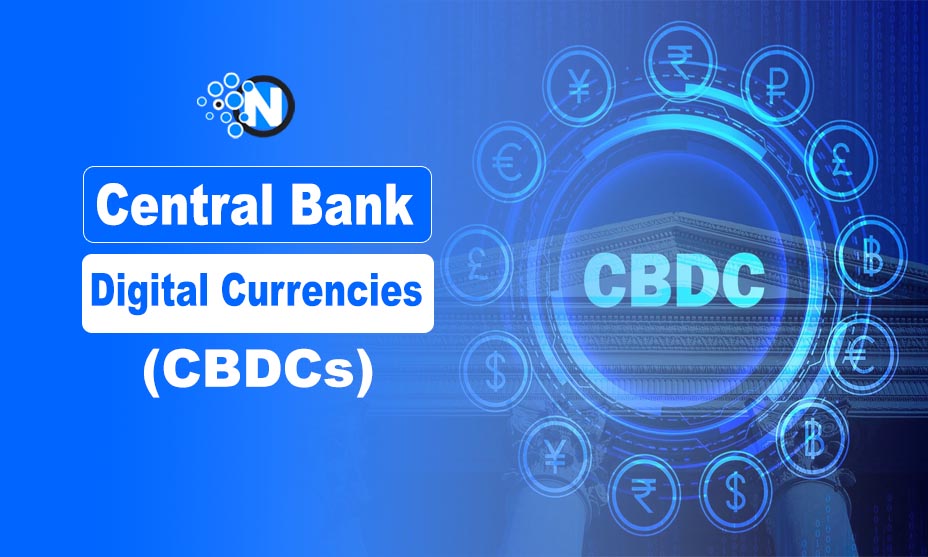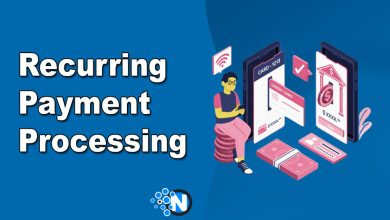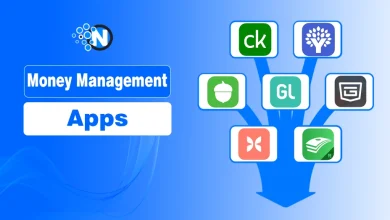The Future of Money with Central Bank Digital Currencies (CBDCs)

Central Bank Digital Currencies, or CBDCs, have gained attention recently. From news companies to bankers and political leaders, everyone is talking about them. However, what does it all mean and how does it affect our banking system?
Below, we will explain the CBDC and discuss how it affects monetary policy and the financial system in this modern financial world.
Understanding CBDCs
Digital money issued by the government that is not backed by any tangible assets is known as Central Bank Digital Currencies or CBDCs. They are distributed by central banks. As a store of value, a unit of account, a medium of exchange, and legal money, CBDCs serve various functions. It is similar to fiat money. Just as CBDCs strive to revolutionize monetary systems, many of the best sweepstakes casinos are transforming.
Central banks are in charge of issuing, regulating, and centralizing CBDCs, in contrast to decentralized cryptocurrencies like Bitcoin. It provides a digital substitute for conventional hard currency.
Here are some instances of CBDCs:
- The People’s Bank of China’s e-CNY.
- The Bahamas’ Central Bank’s Sand Dollar
- e-Naira was created by the Nigerian Central Bank.
Almost 134 countries and currency unions, approximately 98% of the world’s GDP, are investigating CBDCs. Only 35 countries had investigated this technology as of May 2020.
In different economies, cash is becoming less common. With CBDCs, central banks can maintain the stability of the financial system. It also guarantees that in an entirely digital economy, consumers can make purchases.
You may also like to read China’s Digital Yuan – The Path to Globalization

Five Different Kinds of CBDC
Different nations are experimenting with different methods, thus there isn’t just one kind of CBDC. Among the varieties of CBDC are:
1. Retail CBDC: A cryptocurrency that the general public can use for regular purchases.
2. Wholesale CBDC: Limited to a certain group and intended for interbank transactions.
3. Account-based CBDC: Linked to user identities and accounts in order to facilitate transactions.
4. Token-based CBDC: Facilitates peer-to-peer transactions by operating on a tokenized system.
5. Hybrid CBDC: Integrates the features of wholesale and retail CBDCs.
What Possible Advantages Does CBDC Offer?
The various benefits that CBDCs can provide may alter the way we handle our money and engage with the world economy. Here are a few possible advantages:
1. Inclusion of Finances
Nearly 1.5 billion individuals globally and at least six million Americans don’t have bank accounts.
People who are now unbanked or underserved by conventional banking institutions can be reached by CBDCs. People can now participate in the formal economy thanks to technology. They have convenient and safe access to banking services and can carry out financial transactions.
Digital money enables digital financial services providers to enter an untapped market.
2. Accountability and Transparency
By entering each transaction into the central bank’s ledger, CBDCs guarantee financial activity transparency.
Central banks are able to keep track of the precise location of every unit of cash because to this capability. therefore supporting initiatives to fight financial fraud and tax avoidance
3. Improved Tools for Monetary Policy
CBDCs provide central banks with strong tools to implement monetary policy.
Central banks have access to real-time transaction data and direct control over the amount of money in circulation. They are able to accurately alter rules pertaining to interest rates, liquidity control, etc.
4. Diminished Risk Associated with Counterparties
Mobile device payments made using a controlled digital currency can improve payment security. Even in the absence of a traditional bank account, transactions would remain secure and irreversible. It lessens the chance of deception.
What are Some Downsides of CBDCs?
Although central banks are keen to investigate the potential of the CBDC, there are a few factors to take into account, including:
Adopting CBDCs requires a strong technological foundation. To manage high transaction volumes, central banks must guarantee these systems’ scalability and reliability.
The financial environment may collapse when CBDCs are implemented. Payment processors and commercial banks are examples of middlemen who may be impacted. To maintain financial stability, central banks need to carefully oversee the transition to CBDCs.
It is possible that antiquated legal systems can’t effectively handle novel kinds of payment. For central banks issuing CBDCs, it may present issues related to finances, reputation, and the law.
Since digital currency can be tracked, it is subject to taxes. This is expected to constitute a barrier to voluntary adoption, according to some analysts.
What Comes Next?
It is uncertain where CBDCs will end up right now. As time goes on, more details on their advantages and disadvantages will become clear. There is still one thing that is clear: CBDCs have the ability to change the financial planet significantly.
While CBDCs open up new avenues for financial innovation, Sweepstakes casinos keep innovating in the gaming industry. It offers players entertaining experiences and thrilling opportunities.
Final Words
CBDCs have the potential to completely transform the way we deal with money by offering quicker, more accessible, and more inclusive payment methods. But there are many challenges ahead on the path to broad acceptance, including as privacy issues, technological challenges, and threats to one’s financial stability. In order to ascertain the ultimate effect of CBDCs on the future of money, a thorough evaluation of these elements will be required while central banks worldwide continue to explore this revolutionary concept.




